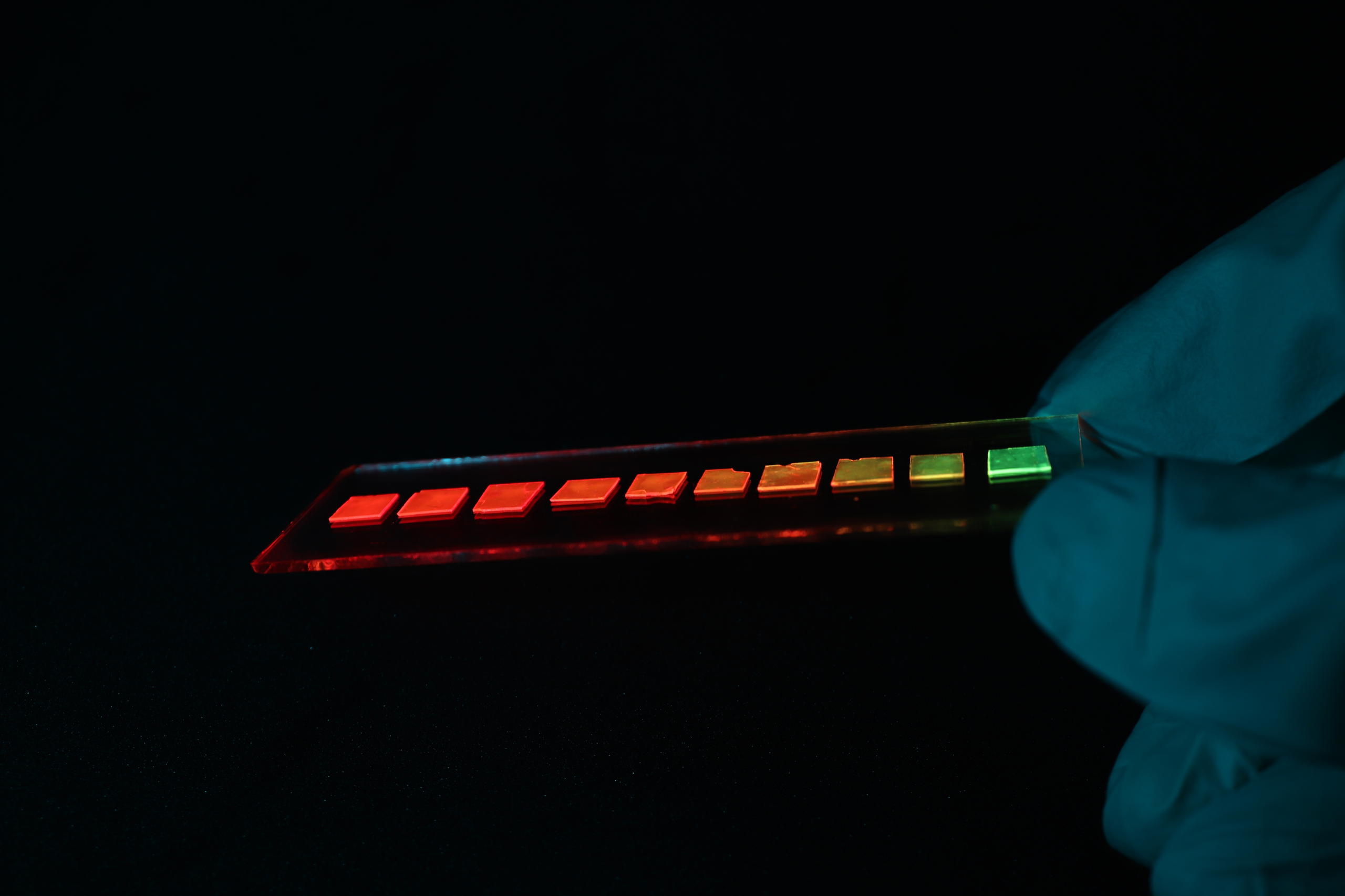
Power dressing: Scientists generate electricity from clothes

Researchers in Switzerland have found a way to make electricity with polymers applied to clothes, unlocking the possibility of a wearable energy supply.
The discovery is based on materials that can use indirect or ambient light for energy generation – something that is already used by the solar industry. These materials contain luminescent solar concentrators (LSC), which capture diffuse ambient light and transmit its energy to a solar cell, which then converts light into electrical energy.
To date, LSCs have only been available as rigid components that aren’t flexible or breathable. This made them unsuitable for use in textiles.
A research team led by Luciano Boesel from the Laboratory for Biomimetic Membranes and Textiles at the Swiss Federal Laboratories for Materials Science and Technology (EMPA) found a way to incorporate these luminescent materials into a polymer that provides flexibility and air permeability.
This new material is based on Amphiphilic Polymer Co-Network, which is already on the market in the form of silicone-hydrogel contact lenses. With the help of colleagues specialised in photovoltaics and fibres, the team was able to transform this into a flexible solar concentrator.
This new solar concentrator can be applied to textile fibres without the textile becoming brittle and susceptible to cracking or accumulating water vapour in the form of sweat.
“Solar concentrators worn on the body offer an immense benefit for the ever-increasing demand for energy, especially for portable devices,” according to EMPAExternal link.

In compliance with the JTI standards
More: SWI swissinfo.ch certified by the Journalism Trust Initiative





























You can find an overview of ongoing debates with our journalists here . Please join us!
If you want to start a conversation about a topic raised in this article or want to report factual errors, email us at english@swissinfo.ch.